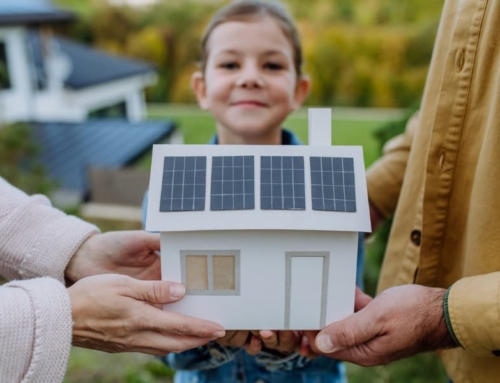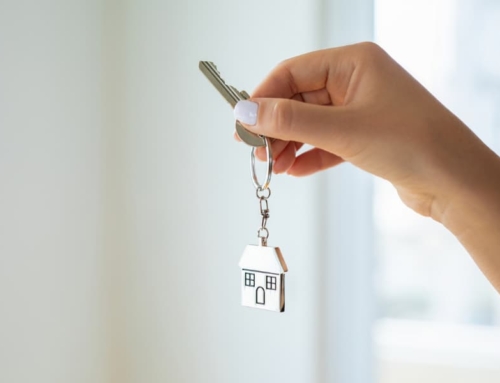Since 1960, Segal & Morel has been known for beautiful homes and high-quality construction. Yet the homes we build offer more than good looks and lasting comfort. Our team embraces sustainable design and construction practices to create homes that protect our most valuable resource: planet Earth. Here, we’ll take a closer look at why energy-efficient homes and other sustainable building practices are so important for protecting the health of people and the environment.
What Is Sustainable Home Building?
In some ways, sustainable building is as old as the history of architecture. Many ancient civilizations strove to create dwellings that worked in harmony with the landscape and conserved natural resources. Green or sustainable building really caught on in the U.S. as environmental protection rose to prominence in the 1960s and 70s and became a well-defined movement by the 1990s.
Sustainable building seeks to minimize environmental harm at every stage of the construction process, from choosing lots and materials to the fixtures and appliances installed in a home. Builders and architects work together to use resources responsibly, avoid harmful materials, and prevent waste and pollution during construction and after homeowners move in. Above all, the goal of sustainable building is to keep our planet safe, healthy, and beautiful for all of us, as well as for future generations.
Efficient Use of Resources
Thanks to modern technology and growing awareness of the value of sustainable practices, homes are being built with materials that minimize environmental harm and deliver beautiful results. Sustainable builders turn to engineered wood products to prevent deforestation and take advantage of strong and durable composites s. Recycled content also plays a role in other home spaces such as the plush carpets we install in new homes.
Natural wood still plays an important role in sustainable building, however, and you won’t have to give up its luster and warmth to create a green home. Instead, rapidly replenishing species replace slower-growing trees to provide the look of wood with a more earth-friendly approach.
Energy Efficiency
Technology also allows sustainable builders to create more energy-efficient homes than ever before. In addition to appliances, lighting, and water heaters optimized to use less electricity, homes are made more energy efficient with:
- Tight building techniques
- Insulated windows
- High-performance insulation throughout the home
- Optimized heating, ventilation, and cooling (HVAC) systems
To ensure the highest level of energy efficiency, Segal & Morel crafts every home to comply with Energy Star standards. Our construction methods, materials, and home fixtures comply with Environmental Protection Agency standards to produce homes that are 20% to 30% more efficient than average. We’ve also been independently verified as an NAHB Research Center Green Certified builder for our commitment to sustainable, energy-efficient homes.
Water Conservation
Homeowners can conserve water in many ways, from avoiding lawn watering to turning off the faucet as they brush their teeth. But real water efficiency begins with the home’s construction, and sustainable building offers several ways to reduce the use of this critical resource in every area of the property.
This begins with the reduction of impervious surfaces outside the home to ensure water can recirculate into the earth after rainfall and snowmelt. Inside, low-flow fixtures use less water when homeowners shower, flush toilets and run faucets. Sustainable water practices also include the installation of Energy Star-certified appliances and technology that reduces water use, such as rainwater collection systems and hot water recirculators.
Learn More about Sustainable Building
An investment in a sustainable, energy-efficient home won’t just save you money on heating, cooling, and water use. Choosing a green home helps prevent damage to the environment that impacts us all. Are you interested in a sustainable home? Contact Segal & Morel today to learn more about our communities, design plans, and commitment to green building.






